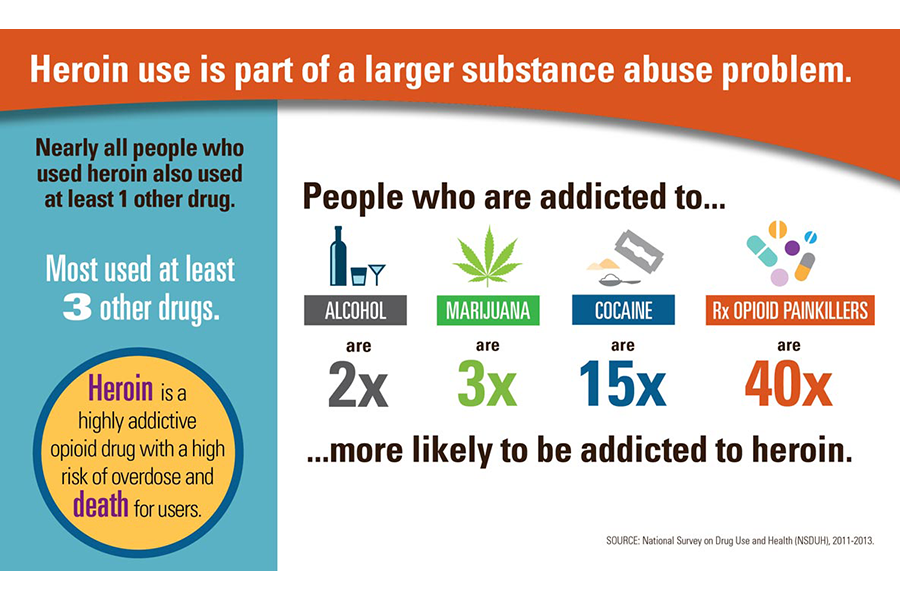Heroin use increases 62 percent in 10 years: What's behind increase?
Loading...
The number of heroin users in the United States has skyrocketed by nearly 300,000 over the past decade, says a new report from the Centers for Disease Control and Prevention.
According to the report, which was released Tuesday, the bulk of the growth was among whites, where heroin use more than doubled. Rates of use also doubled in women and young adults ages 18-25.
These numbers reflect growth trends seen in previous reports showing significant increases in heroin use in white people not living in major cities, Katherine Keyes, a Columbia University epidemiologist who researches drug abuse, told the Associated Press.
So why are so many more people shooting up today? Experts say it’s mostly a matter of cost and accessibility.
According to CDC Director Tom Frieden, recent crackdowns on the misuse of prescription opioid painkillers like Vicodin and OxyContin have caused an increasing number of opioid addicts to seek out alternatives.
The most popular alternative? Heroin.
"It's basically the same drug," Dr. Frieden told CNN. "It operates in the brain in the same way. And if you're addicted to one, use of the other will temporarily relieve the craving from that addiction."
Heroin contains essentially the same chemical as prescription painkillers but costs about five times less on the street, Frieden says. The recent report found that people who abused opioid painkillers were 40 times more likely to abuse heroin.
While deaths involving opioid painkillers continue to be more common than those involving heroin, in some ways heroin can be even more dangerous: Unlike pills, it’s impossible to regulate the purity of heroin.
“Unlike with prescription drugs, heroin purity and dosage amounts vary, and heroin is often cut with other substances, all of which could cause inexperienced abusers to accidentally overdose,” said the Drug Enforcement Administration in its 2013 drug threat assessment report.
The CDC report showed that nearly all heroin users used at least one other drug as well, with most using at least three.
The DEA's acting administrator, Chuck Rosenberg, said in a statement that the agency will continue to work with the CDC.
"Approximately 120 people die each day in the United States of a drug overdose," Mr. Rosenberg said. "We will continue to target the criminal gangs that supply heroin, and we will work to educate folks about the dangers and to reduce demand. In this way, we hope to complement the crucial efforts of the CDC and our nation's public health agencies."
This report includes material from the Associated Press.








